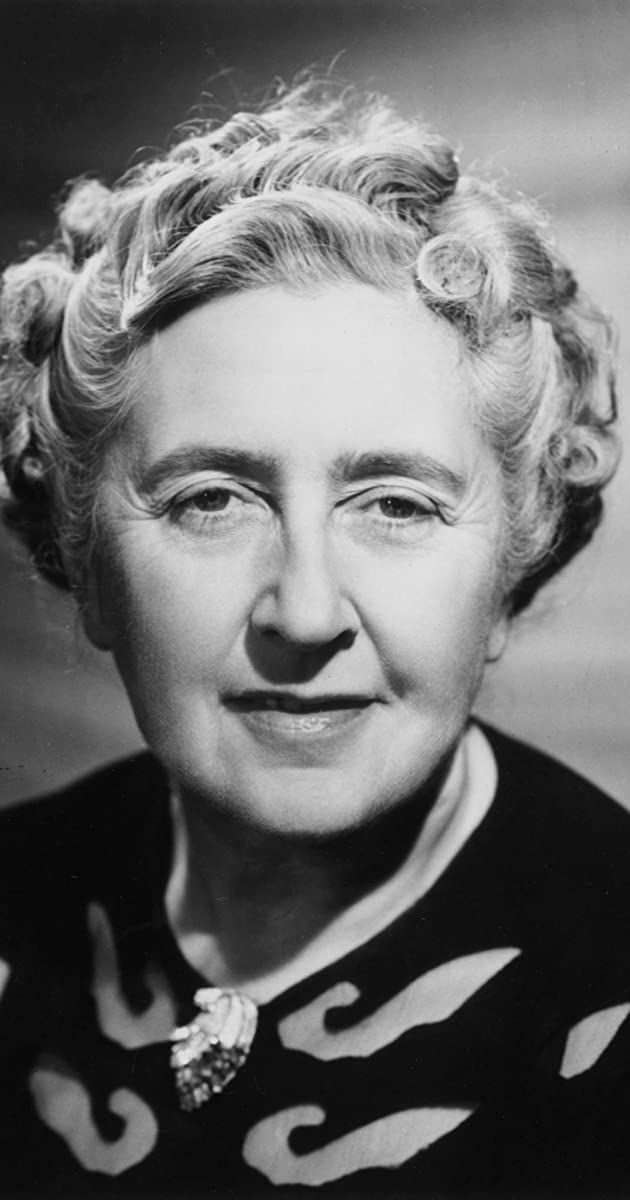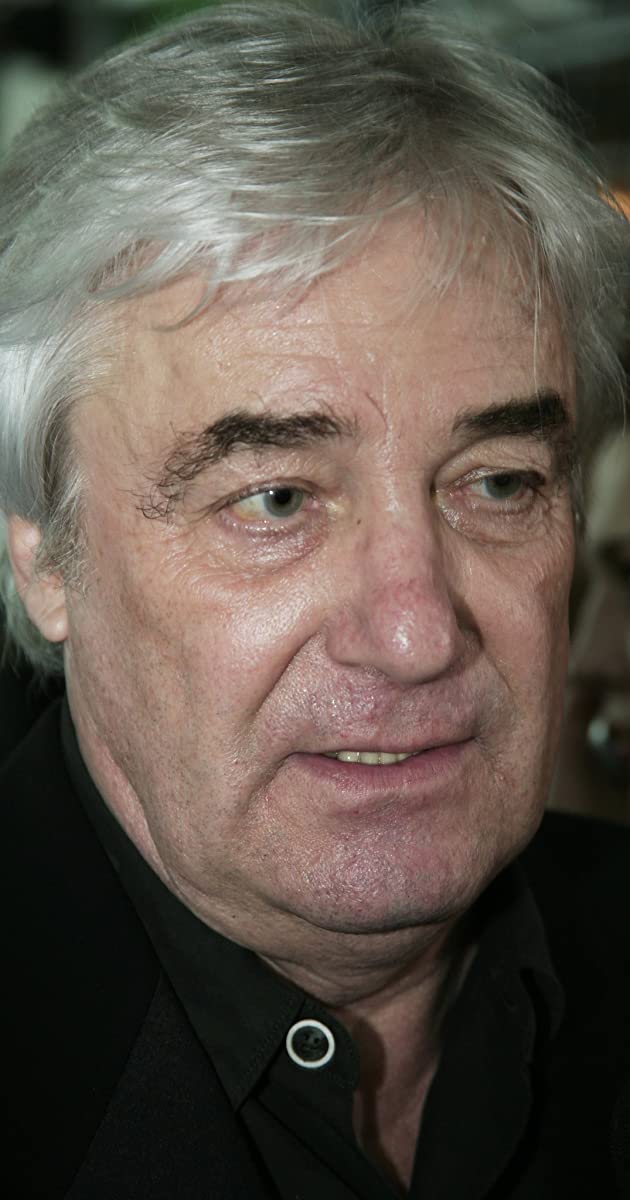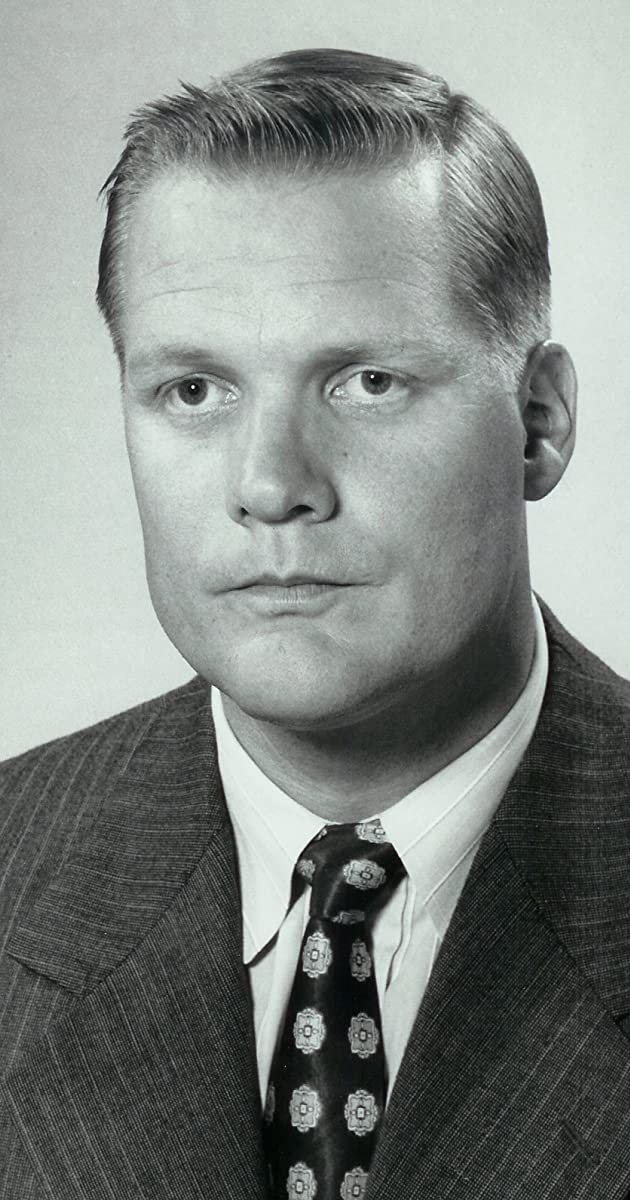
Agatha was born as “Agatha Mary Clarissa Miller” in 1890 to Frederick Alvah Miller and Clara Boehmer. Agatha was of American and British descent, her father being American and her mother British. Her father was a relatively affluent stockbroker. Agatha received home education from early childhood to when she turned 12-years-old in 1902. Her parents taught her how to read, write, perform arithmetic, and play music. Her father died in 1901. Agatha was sent to a girl’s school in Torquay, Devon, where she studied from 1902 to 1905. She continued her education in Paris, France from 1905 to 1910. She then returned to her surviving family in England.
As a young adult, Agatha aspired to be a writer and produced a number of unpublished short stories and novels. She submitted them to various publishers and literary magazines, but they were all rejected. Several of these unpublished works were later revised into more successful ones. While still in this point of her life, Agatha sought advise from professional writer Eden Phillpotts (1862-1960). Meanwhile she was searching for a suitable husband and in 1913 accepted a marriage proposal from military officer and pilot-in-training Archibald “Archie” Christie. They married in late 1914. Her married name became “Agatha Christie” and she used it for most of her literary works, including ones created decades following the end of her first marriage.
During World War I, Archie Christie was send to fight in the war and Agatha joined the Voluntary Aid Detachment, a British voluntary unit providing field nursing services. She performed unpaid work as a volunteer nurse from 1914 to 1916. Then she was promoted to “apothecaries’ assistant” (dispenser), a position which earned her a small salary until the end of the war. She ended her service in September, 1918.
Agatha wrote “The Mysterious Affair at Styles”, her debut novel ,in 1916, but was unable to find a publisher for it until 1920. The novel introduced her famous character Hercule Poirot and his supporting characters Inspector Japp and Arthur Hastings. The novel is set in World War I and is one of the few of her works which are connected to a specific time period.
Following the end of World War I and their retirement from military life, Agatha and Archie Christie moved to London and settled into civilian life. Their only child Rosalind Margaret Clarissa Christie (1919-2004) was born early in the marriage. Agatha’s debut novel was first published in 1920 and turned out to be a hit. It was soon followed by the successful novels “The Secret Adversary” (1922) and “Murder on the Links” (1923) and various short stories. Agatha soon became a celebrated writer.
In 1926, Archie Christie announced to Agatha that he had a mistress and that he wanted a divorce. Agatha took it hard and mysteriously disappeared for a period of 10 days. After an extensive manhunt and much publicity, she was found living under a false name in Yorkshire. She had assumed the last name of Archie’s mistress and claimed to have no memory of how she ended up there. The doctors who attended to her determined that she had amnesia. Despite various theories by multiple sources, these 10 days are the most mysterious chapter in Agatha’s life.
Agatha and Archie divorced in 1928, though she kept the last name Christie. She gained sole custody of her daughter Rosalind. In 1930, Agatha married her second (and last) husband Max Mallowan, a professional archaeologist. They would remain married until her death in 1976.Christie often used places that she was familiar with as settings for her novels and short stories. Her various travels with Max introduced her to locations of the Middle East, and provided inspiration for a number of novels.
In 1934, Agatha and Max settled in Winterbrook, Oxfordshire, which served as their main residence until their respective deaths. During World War II, she served in the pharmacy at the University College Hospital, where she gained additional training about substances used for poisoning cases. She incorporated such knowledge for realistic details in her stories.
She became a Commander of the Order of the British Empire in 1956 and a Dame Commander of the same order in 1971. Her husband was knighted in 1968. They are among the relatively few couples where both members have been honored for their work. Agatha continued writing until 1974, though her health problems affected her writing style. Her memory was problematic for several years and she had trouble remembering the details of her own work, even while she was writing it. Recent researches on her medical condition suggest that she was suffering from Alzheimer’s disease or other dementia. She died of natural causes in early 1976.


